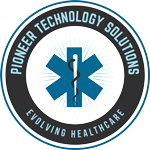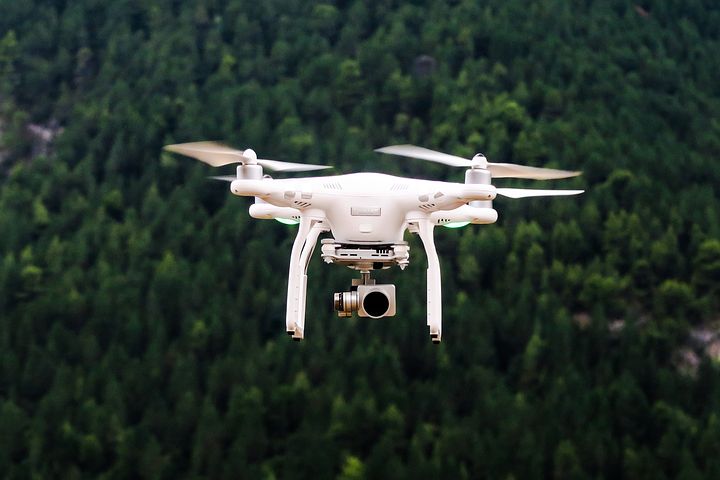The use of drones for telemedicine delivery is genius. Electronics have a huge role in health care. Because of the internet, virtual visits from a doctor are now possible. Apps on mobile devices and wearables that can help track health are a great way to experience a more personal medical assistance.
The rapid changes in technology just prove that there will be even more big advances right around the corner. Now that telemedicine in schools has gained popularity [1] because of its convenience, more people are seeking treatment with the help of telemedicine, especially those in remote locations.
How Telemedicine Can Benefit From Drones
Imagine this scenario: A responder is sent out because of a serious accident about 35 miles from a hospital. The doctor then receives a message that the roads are blocked and that it is almost impossible to reach the injured. It is also unclear as to how many are injured, and no one knows what their needs are. While ground vehicles are available, they cannot be used until the debris on the site is cleared.
With the help of telemedicine and drones, those involved in the accident can get the help they need. Drones have actually been a part of medical care management. In fact, drones were used after the Haiti earthquake back in 2010. They also helped Nepal recover from the same natural disaster.[2]
Using drones may involve telehealth emergency laws in which countries and regions that lack sophisticated transportation systems can benefit from the flying robots. They can be essential for people with cardiac problems for the rapid deployment of automated external defibrillators, or AEDs. Additionally, delivery of needed medical supplies for trauma patients in isolated areas will no longer be an impossible task, thanks to the drones.
Here Come the Drones
It is no longer a question whether drones will be a part of telemedicine because their place is already guaranteed. In September 2015, the first-ever FAA-approved delivery of medical supplies with the use of drones occurred in rural Virginia.[3]
Some patients, such as those with diabetes, should not miss their treatment. Drones can help make sure needed medication is delivered. These drones will be used like an ambulance in the sky while they transport medical equipment, including medications for emergency situations and simpler ones for dermatology and psychiatric treatment.
References:
[1] https://www.statnews.com/2017/07/19/telemedicine-schools-children/
[2] https://www.huffingtonpost.com/2015/05/07/nepal-earthquake-drones_n_7232764.html
[3] https://www.usatoday.com/story/news/nation/2015/07/17/faa-drone-medical-supplies-virginia/30296025/


Recent Comments